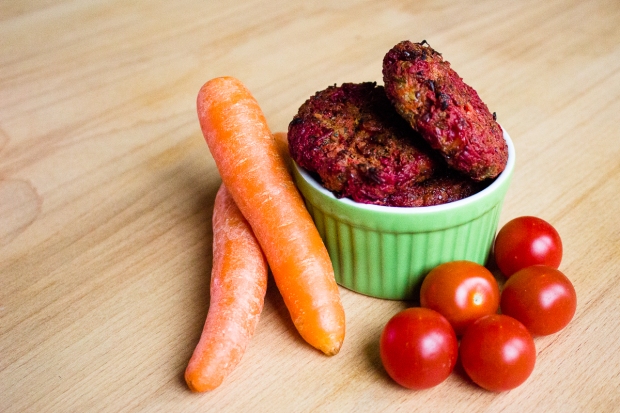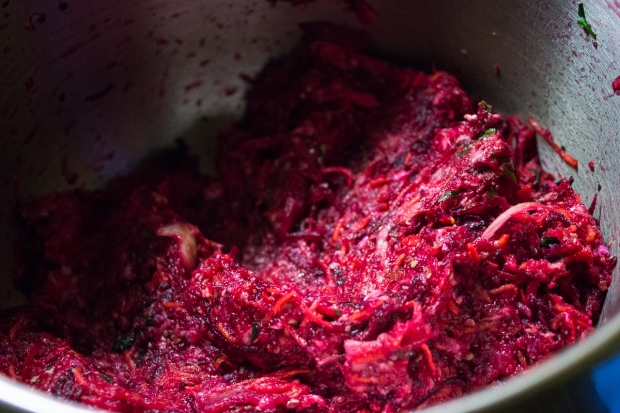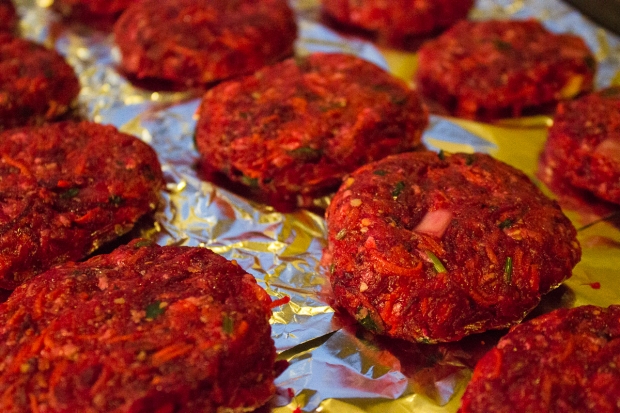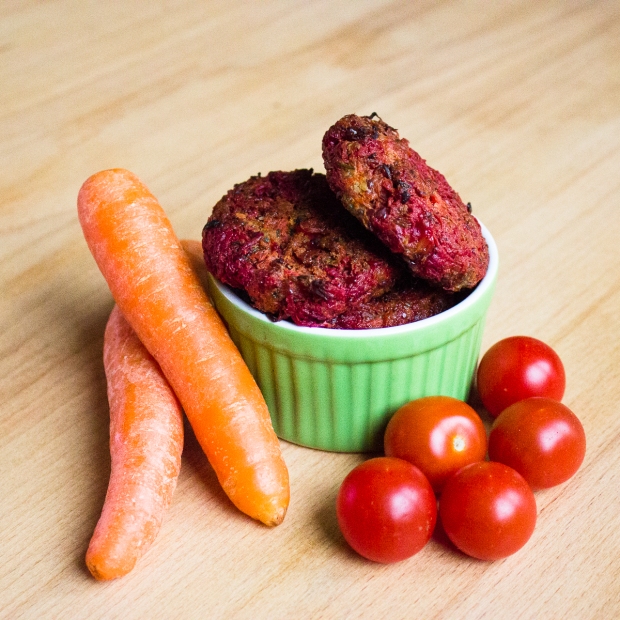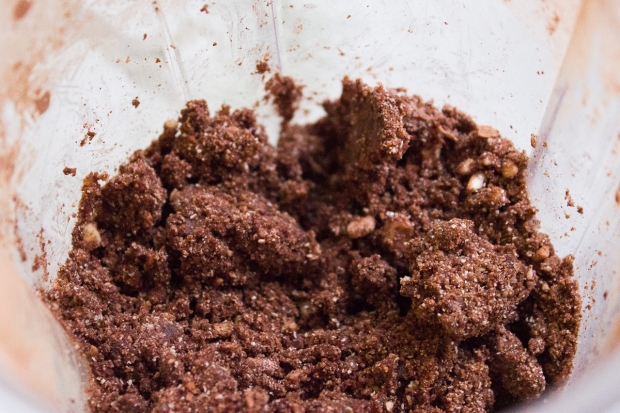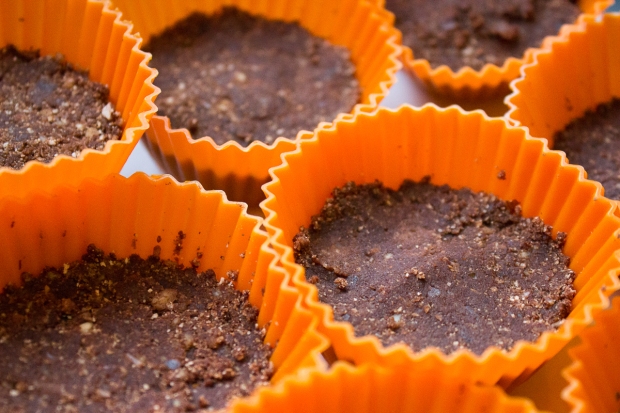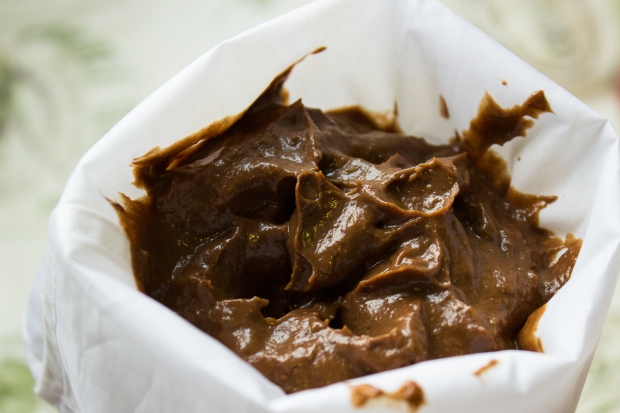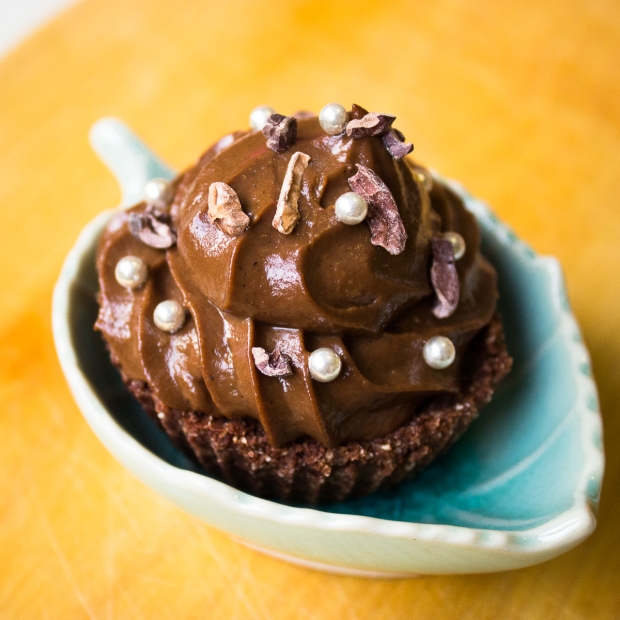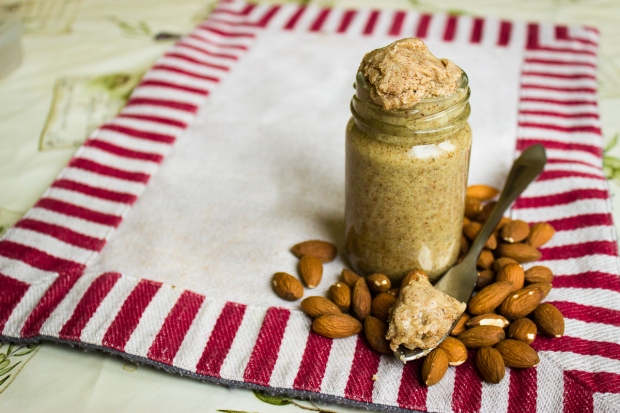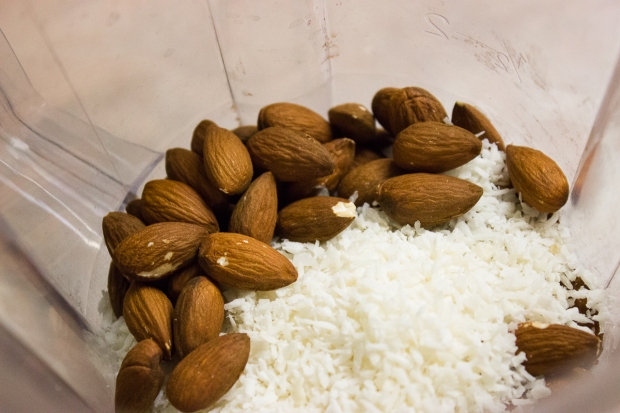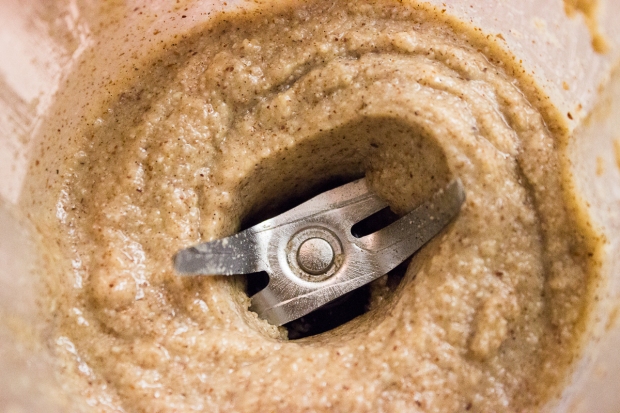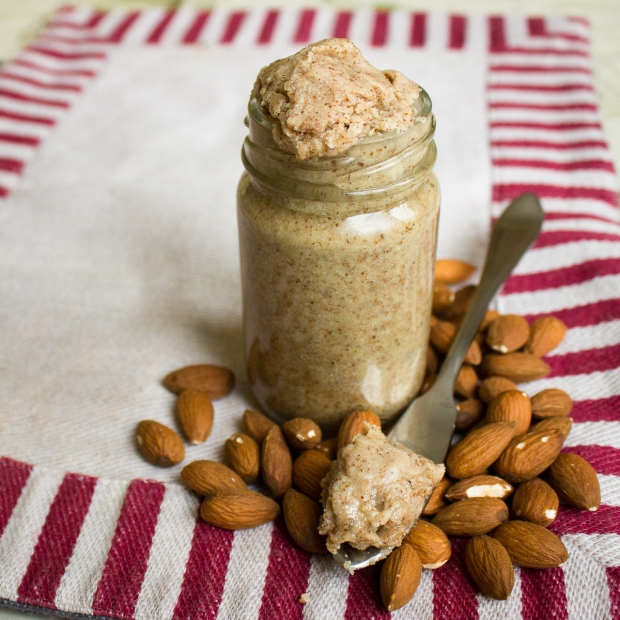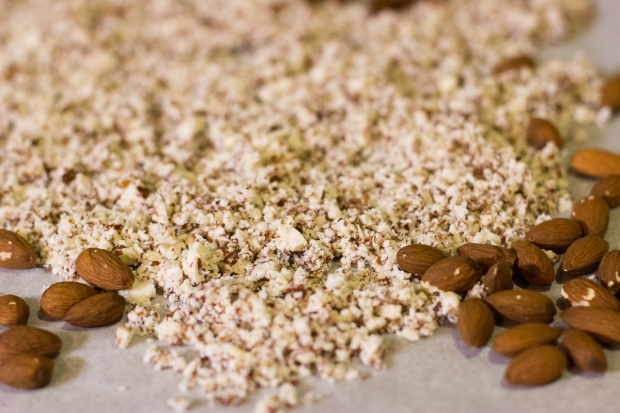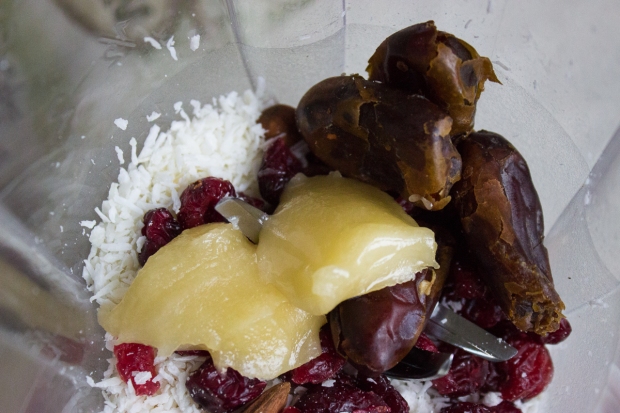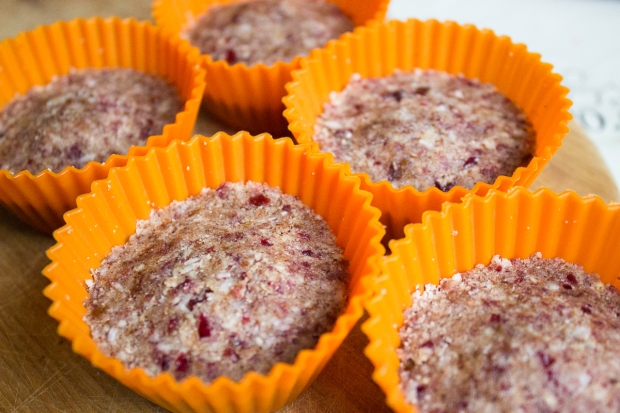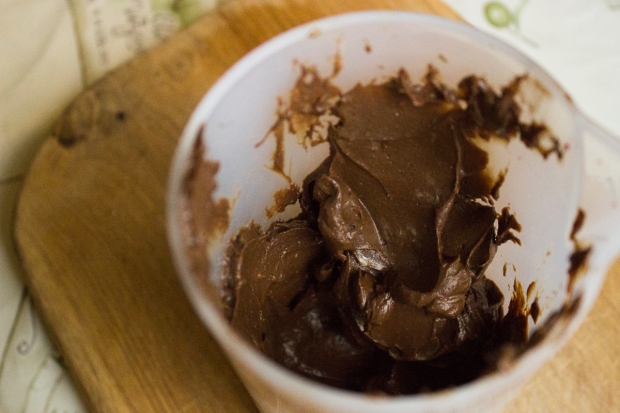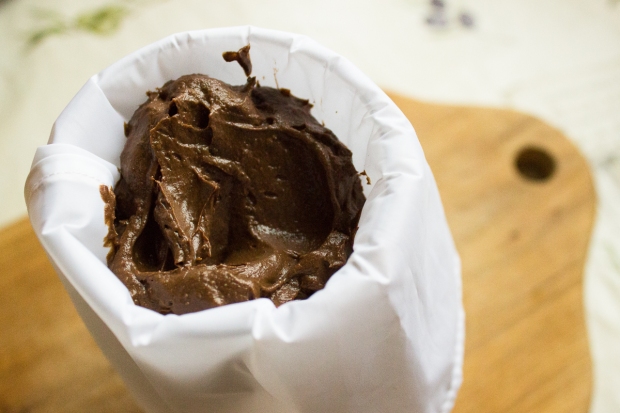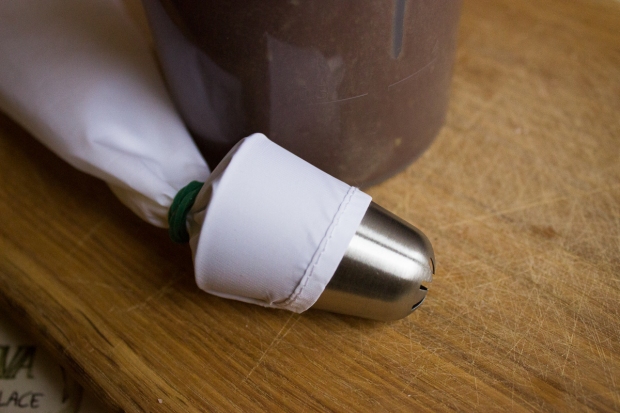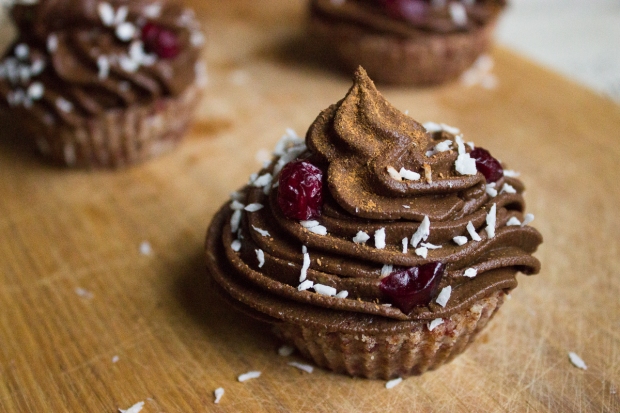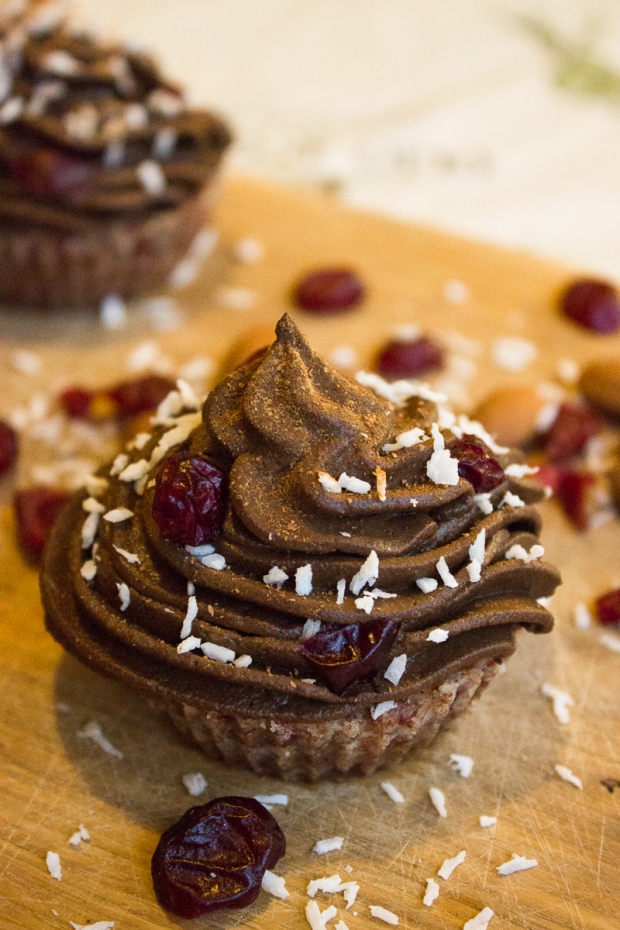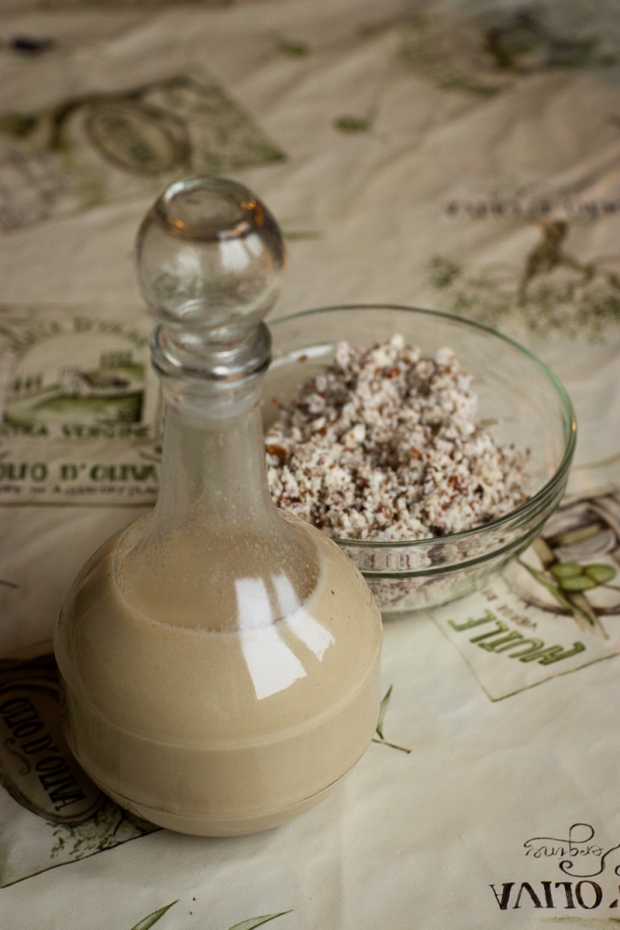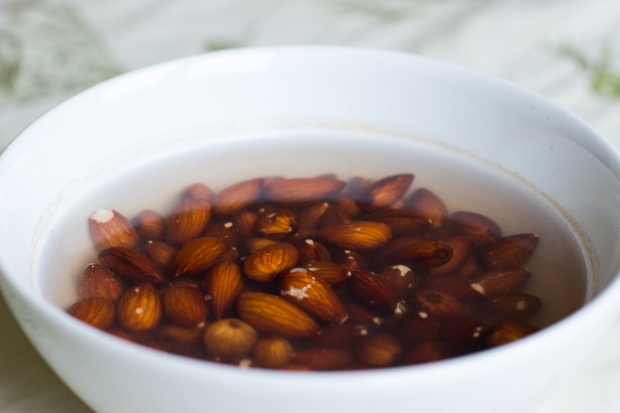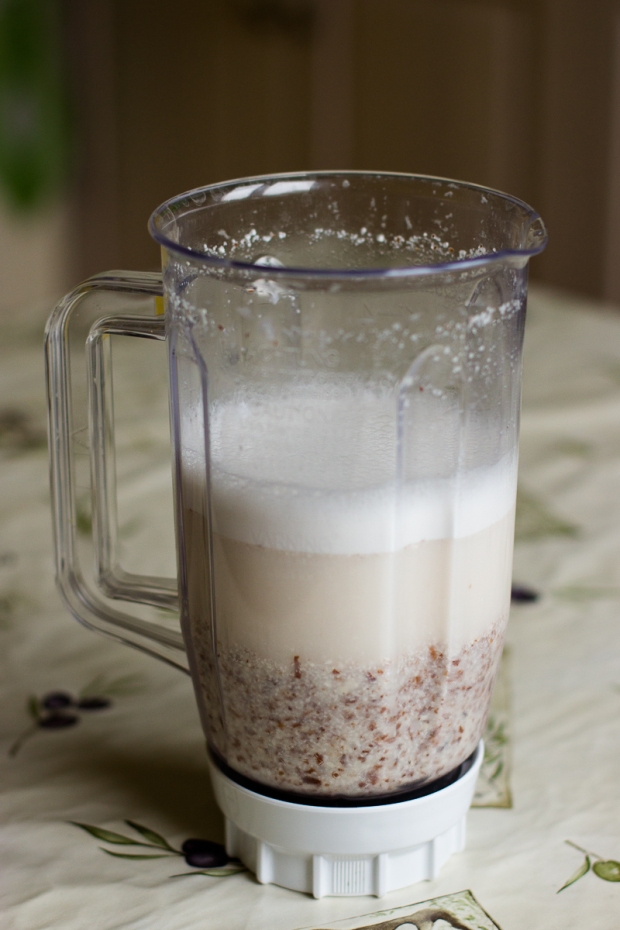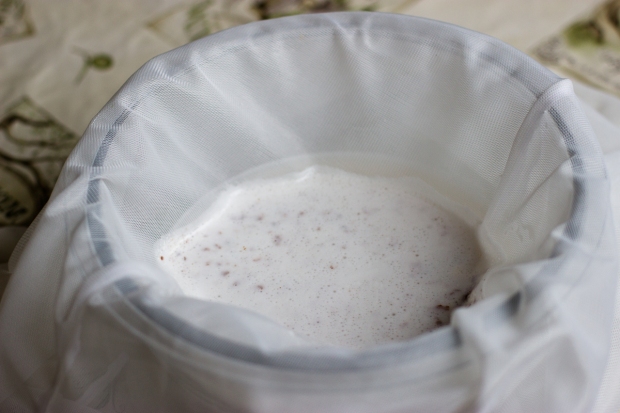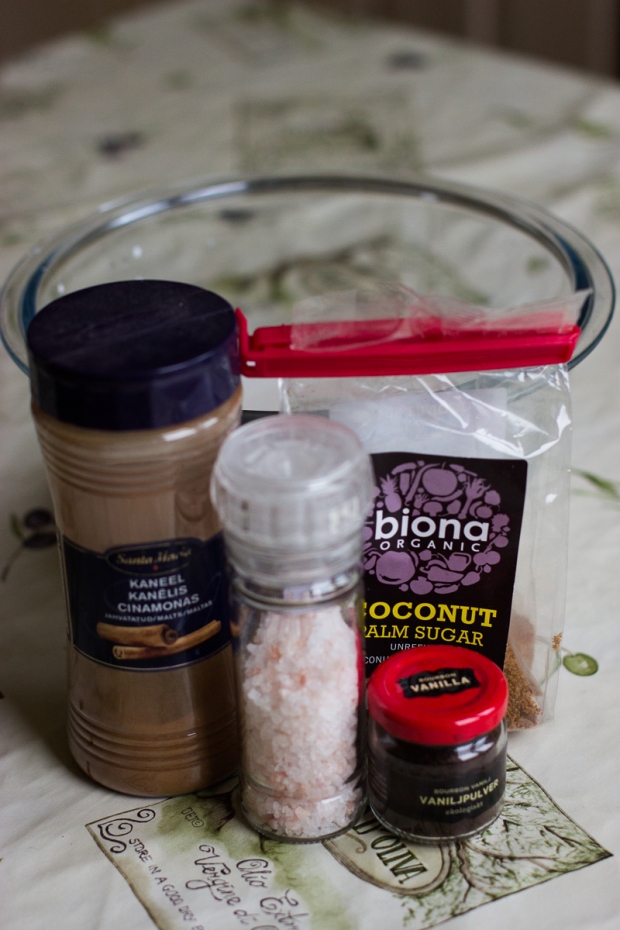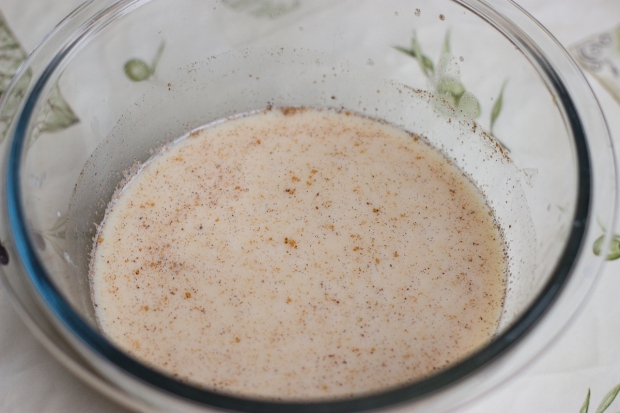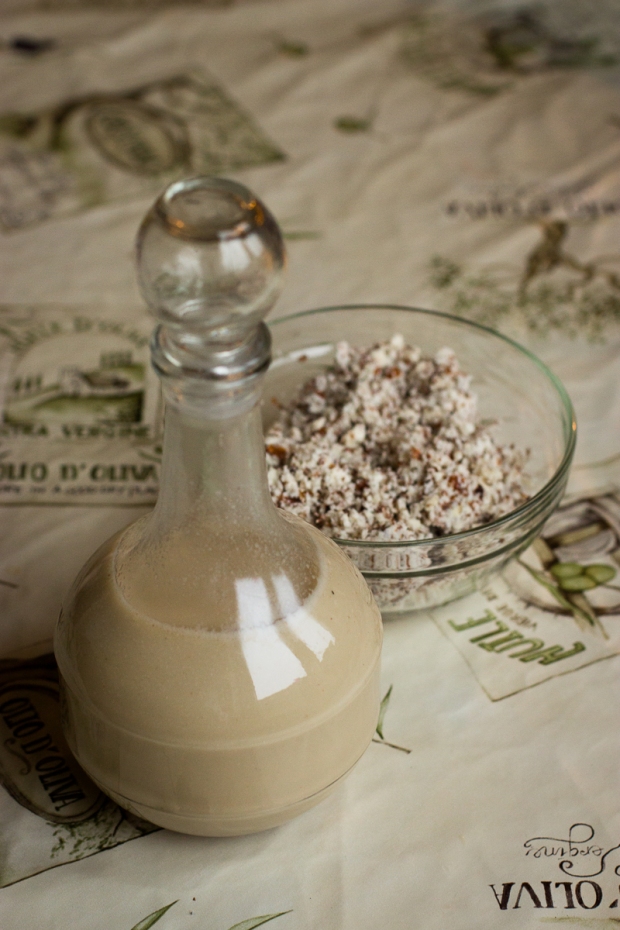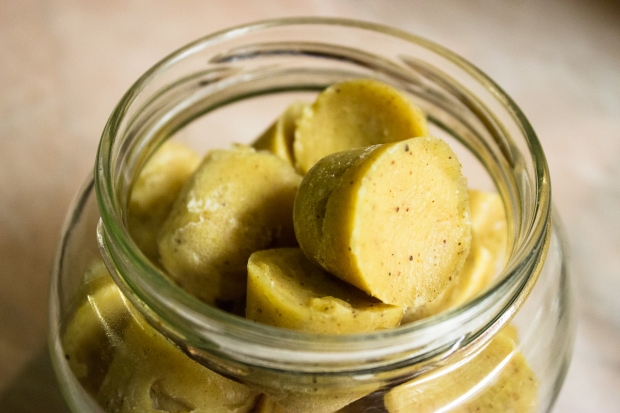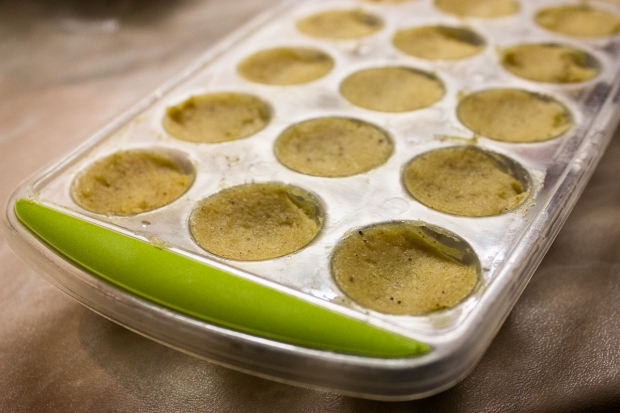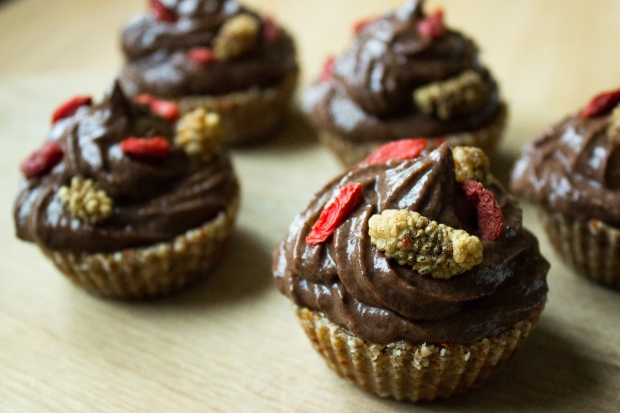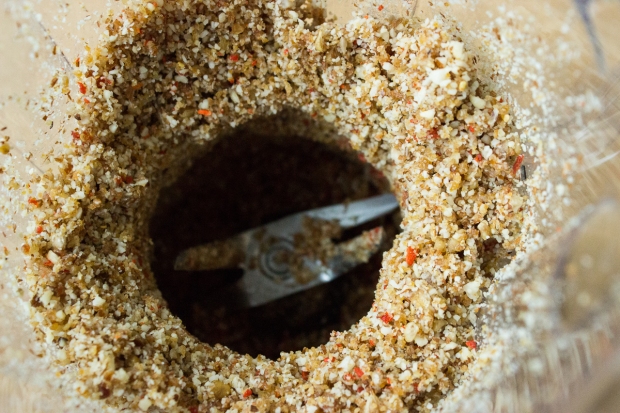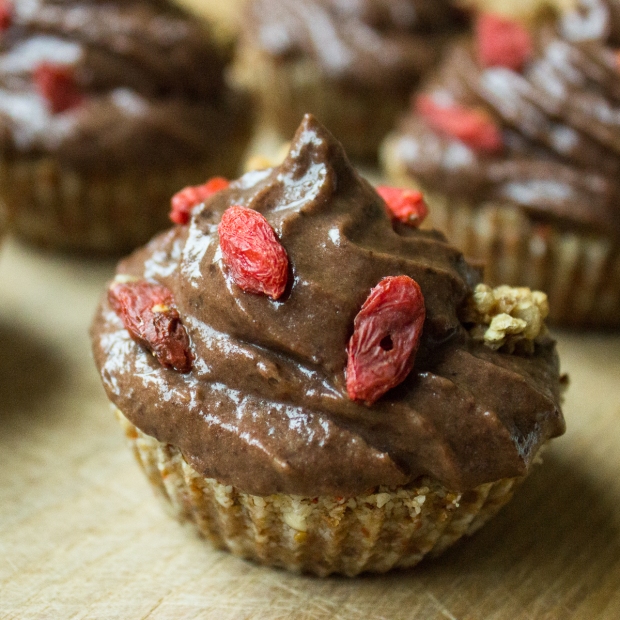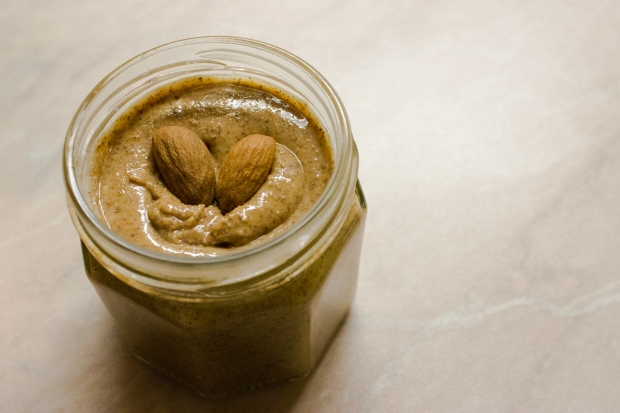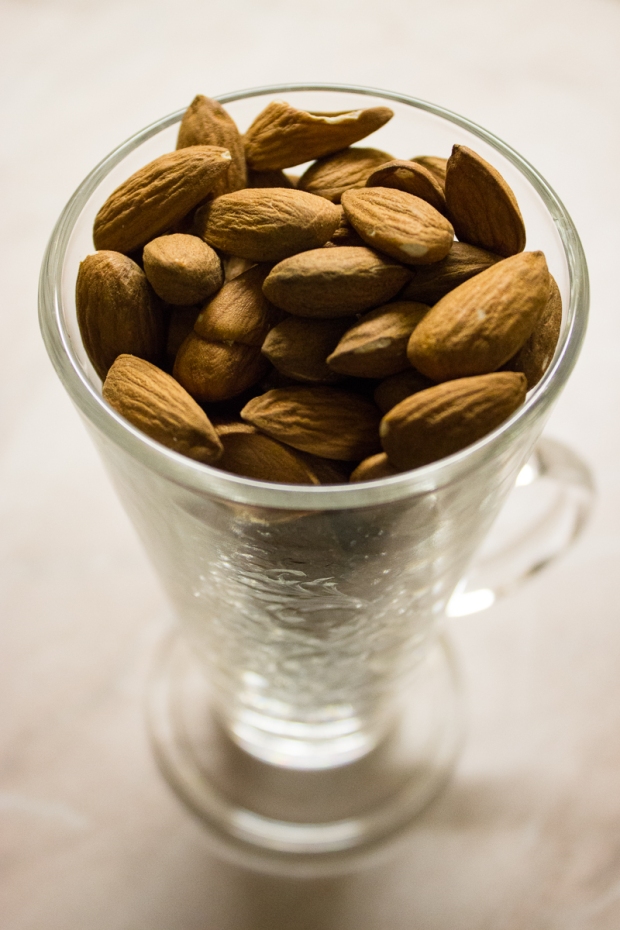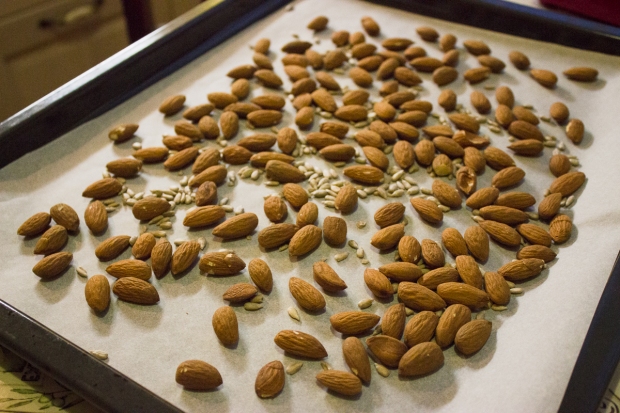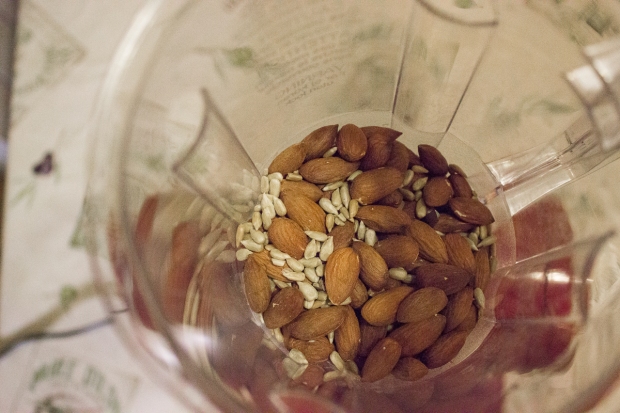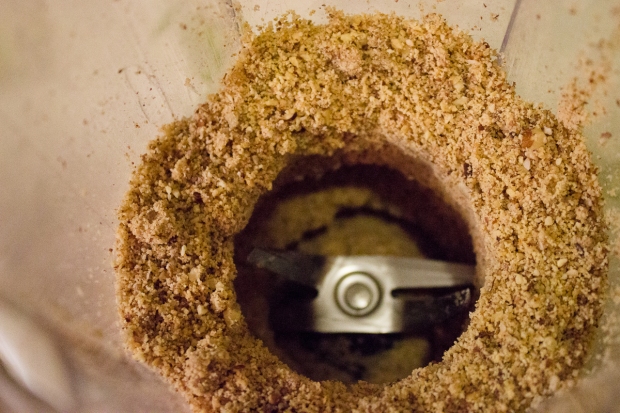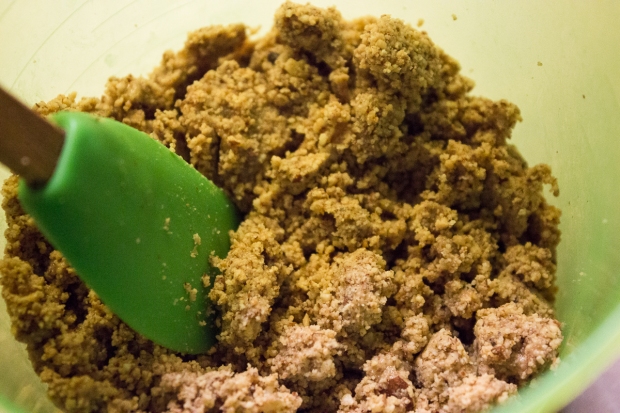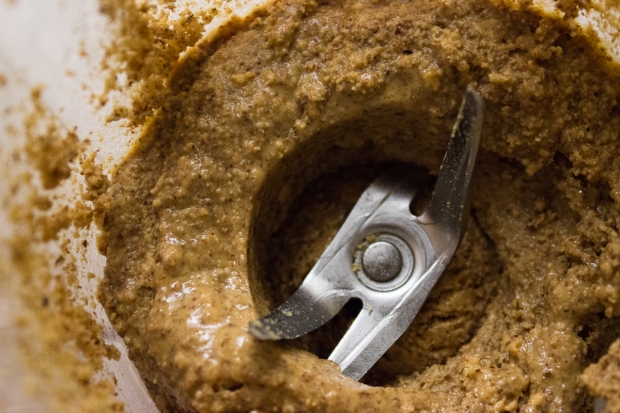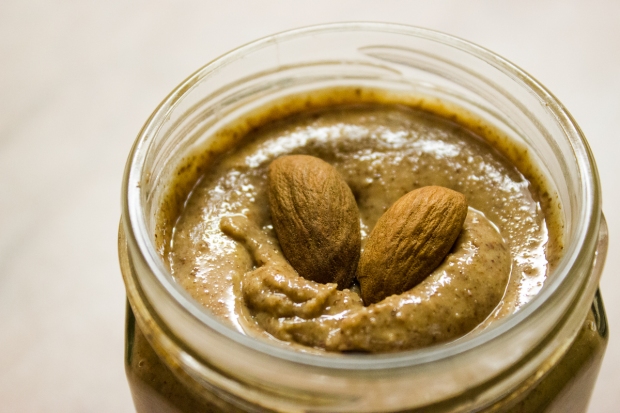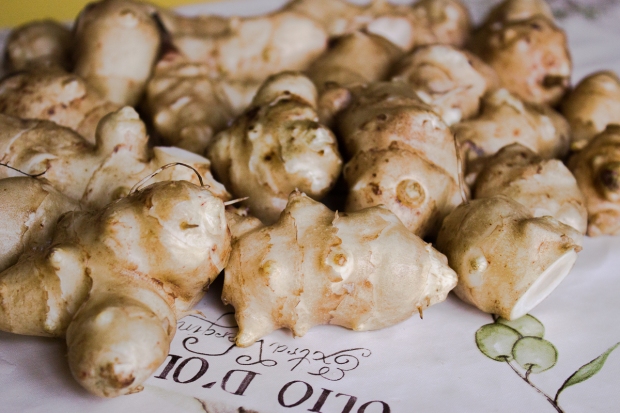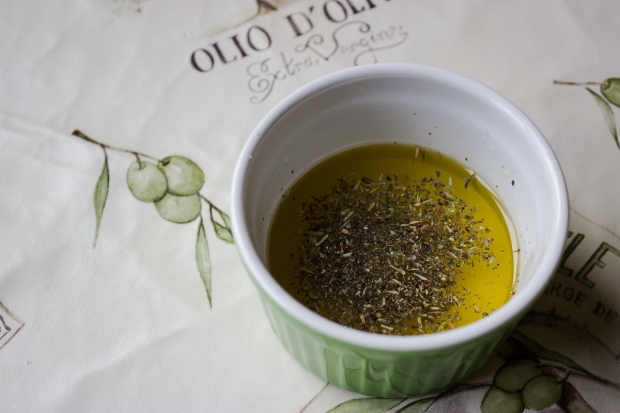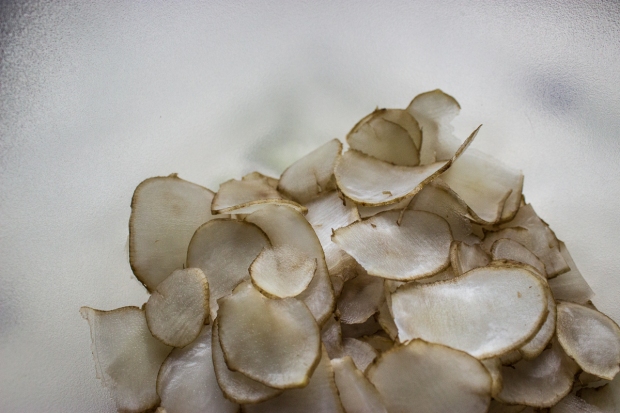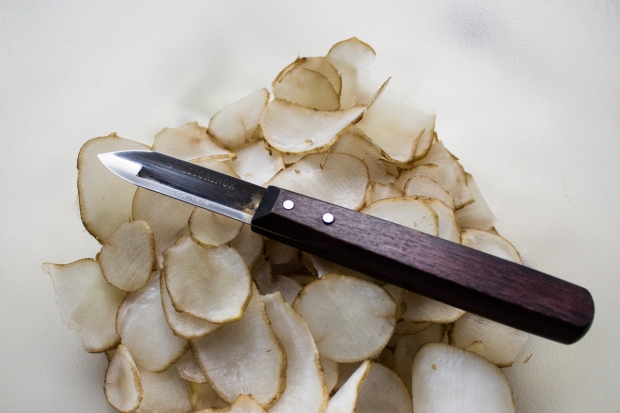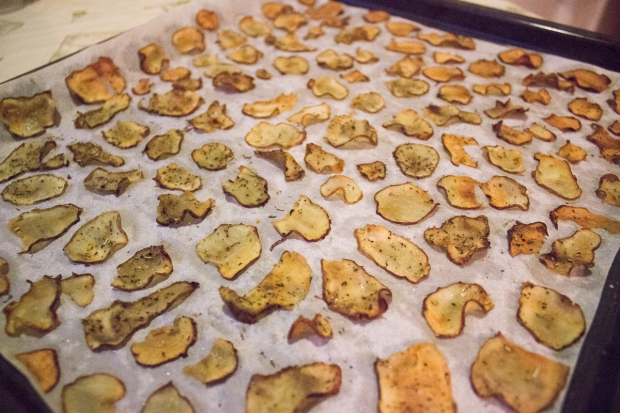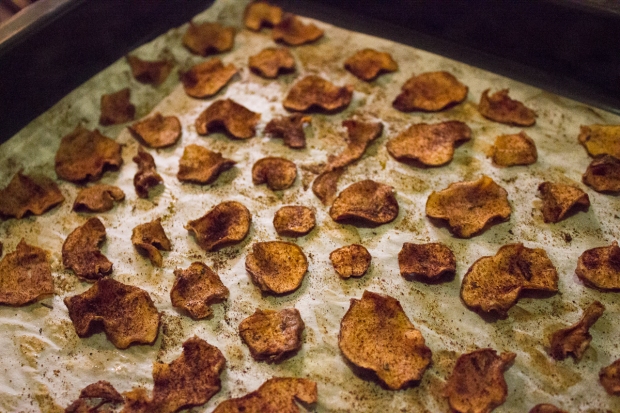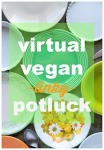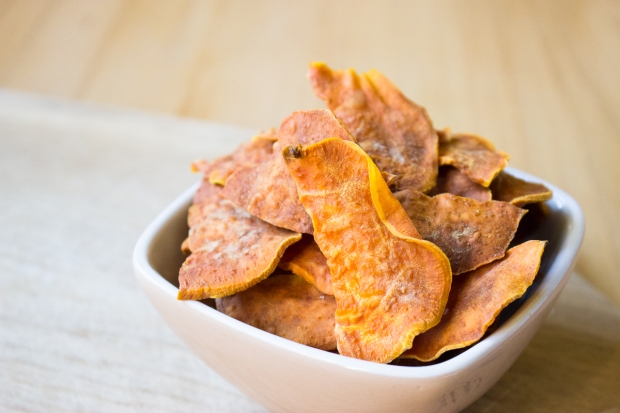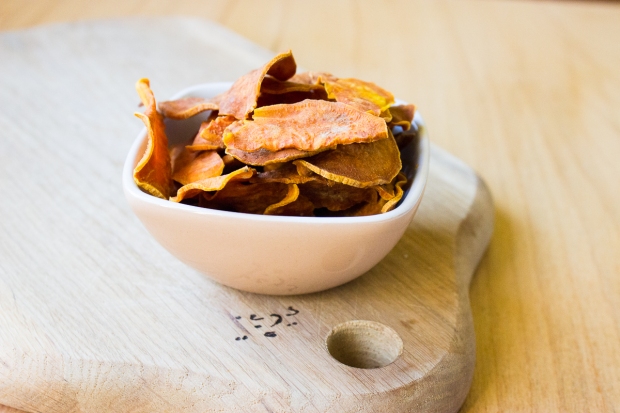Sometimes I get a really bad craving for the kind of burgers my mum makes. Some minced meat and a LOT of veggies! Unfortunately I wasn’t able to use mum’s actual recipe since that called for some white bread and eggs, neither of which is allowed for me. So I modified mum’s recipe, omitting the bread and replacing eggs with a flax seeds + water mixture. When prepared in advance, ground flax seeds mixed with water give a very egg-like texture. Perfect for those who can’t handle eggs!
These patties have a high amount of veggies, but they do also include meat. (Though according to my boyfriend, not nearly enough.) I can’t have a lot of animal products due to health reasons, but apparently all meats are okay for me. I will make some veggie-only patties at some later point and I’ll upload that recipe for people who don’t eat any meat. This time it’s the meat version :)
Meat&veggie burgers (15 pc)
300 g minced meat
250 g carrots
150 g beets
150 g onions (about two average sized ones)
3 garlic cloves
2 eggs or egg replacement
1.25 tsp salt
handful of parsley
some pepperIn case you’re using flax “eggs”, make them now. You need two tablespoons of ground flax seeds and six tablespoons of water, mix them together and put in the fridge to wait for the right time. For a longer and nicer explanation of making flax eggs, check this post from Bonzai Aphrodite!
Now set up your food processor or grab your grater. Grate all carrots, beets, onions and garlic cloves. This will form a nice colourful mess in your bowl. Looking good!
Add the minced meat with salt and pepper. I prefer using pork, makes for juicier patties. Mix well, squishing bigger blobs of meat with a spoon. Now mix in the (flax) eggs and parsley. I always keep some chopped&frozen parsley in the freezer for occasions such as this. During summertime when parsley is in abundance, I chop up a ton and store it for using during the rest of the year.
Once everything is well mixed, start heating the oven to 200°C (392°F) . While the oven is warming up, you can form little round or oval burgers with your hands. I took a big heaped tablespoon of the mixture for each one. Place them on a baking pan that is covered with baking foil, unless you’re willing to scrape the pan later.
Heat the oven to 200°C (392°F) and put the burgers in for 20 minutes. Then open the oven, take a nice deep breath and enjoy the smell. Flip the burgers and put them in for another six minutes so the other side gets slightly browned as well. The flipping may be tricky since the high veggie content makes the patties rather damp. Just do it carefully with a big spatula and try not to break the tinfoil. I wasn’t careful enough and broke it in two places. Made for a messy pan and annoying cleaning later.
PS. Sorry for the terrible photos! It’s getting close to christmas and in Estonia that means getting barely any light during the day. The day I was making these, I didn’t see the sun even once!
Serve with fresh salad and perhaps a dollop of cream cheese. Goat cheese works wonderfully here! Pack leftovers in an airtight box and place in the fridge. The burgers are also lovely when cooled down, though I prefer to heat mine a bit before eating.
